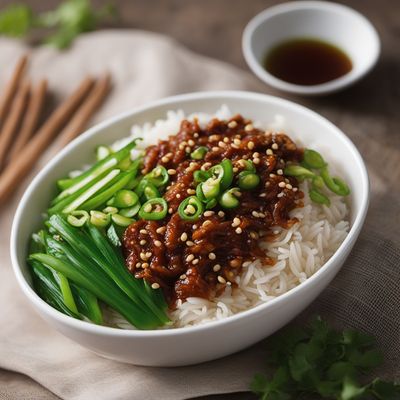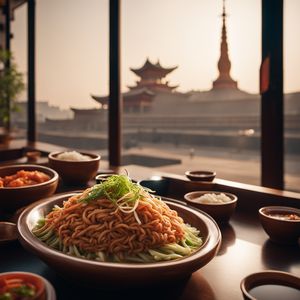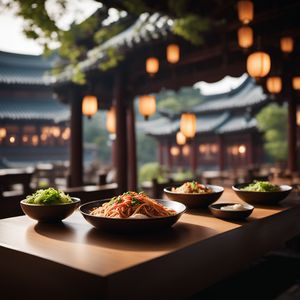
Dish
Ssamjang
Ssamjang sauce
Ssamjang is made by mixing fermented soybean paste, gochujang (Korean chili paste), garlic, sesame oil, and sugar. Some variations may include vinegar or other spices for added flavor. This sauce is a good source of protein, fiber, and vitamins. It is also low in fat and calories. Ssamjang is a popular condiment in Korean cuisine and is often served with grilled meats, lettuce wraps, or rice bowls.
Origins and history
Ssamjang has been a staple in Korean cuisine for centuries. It is believed to have originated during the Joseon Dynasty (1392-1910) and was traditionally made by fermenting soybeans in large earthenware jars. Today, ssamjang is widely available in Korean grocery stores and is enjoyed by people all over the world.
Dietary considerations
Gluten-free, dairy-free, vegan, vegetarian
Variations
There are many variations of ssamjang, including mild or spicy versions, or versions with added vegetables or seafood. Some recipes may also include honey or fruit for added sweetness.
Presentation and garnishing
Ssamjang can be presented in a small bowl or a jar. It can be garnished with sesame seeds or sliced scallions. To prevent the sauce from drying out, cover the jar with a lid or plastic wrap.
Tips & Tricks
To make the sauce spicier, add more gochujang or red pepper flakes. To make the sauce sweeter, add honey or fruit. To make the sauce milder, reduce the amount of gochujang or add more soybean paste.
Side-dishes
Grilled meats, lettuce wraps, rice bowls
Drink pairings
Soju, Korean beer, rice wine
Delicious Ssamjang recipes
More dishes from this category... Browse all »
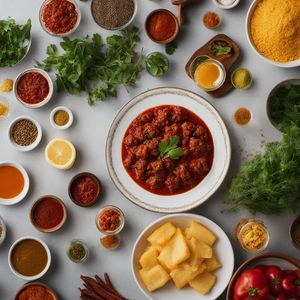
Ajika
Georgian cuisine

Almond Chutney
Indian cuisine

Amba
Middle Eastern cuisine

Amrood ki chutney
Indian cuisine
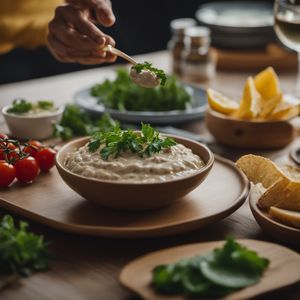
Anchoïade
French cuisine
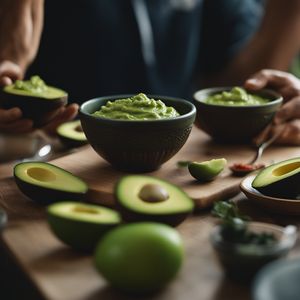
Avocado Chutney
Indian cuisine
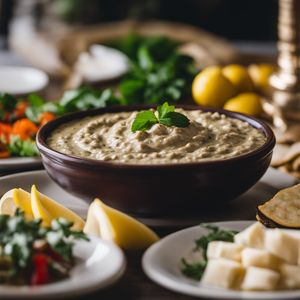
Baba ghanoush
Middle Eastern cuisine

Bagna càuda
Italian cuisine

